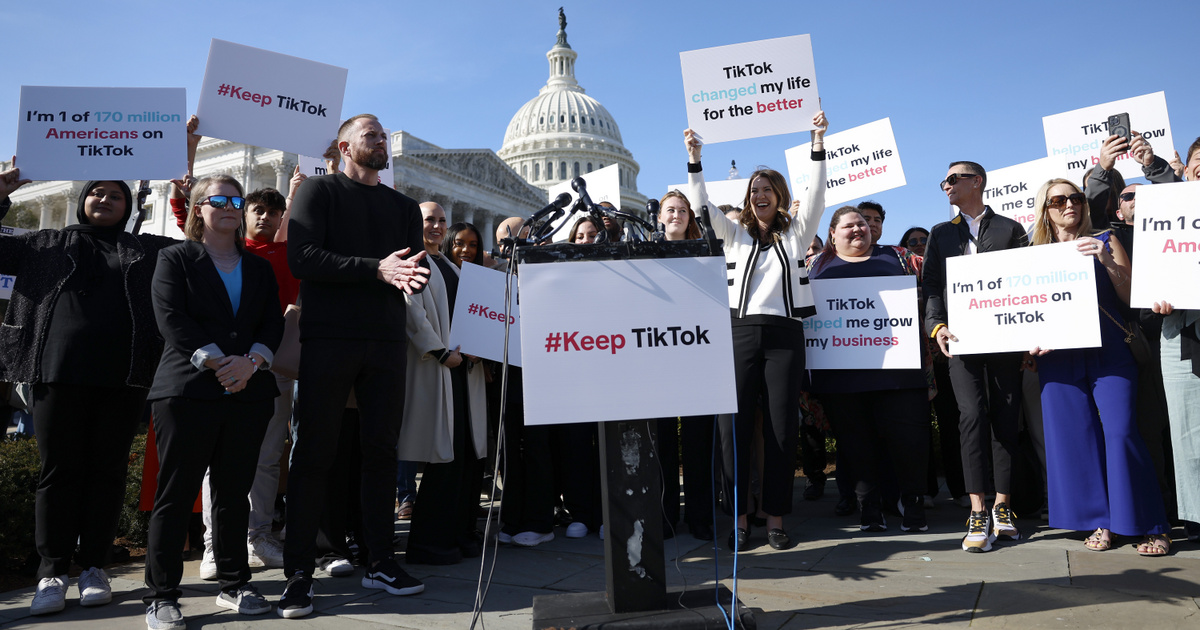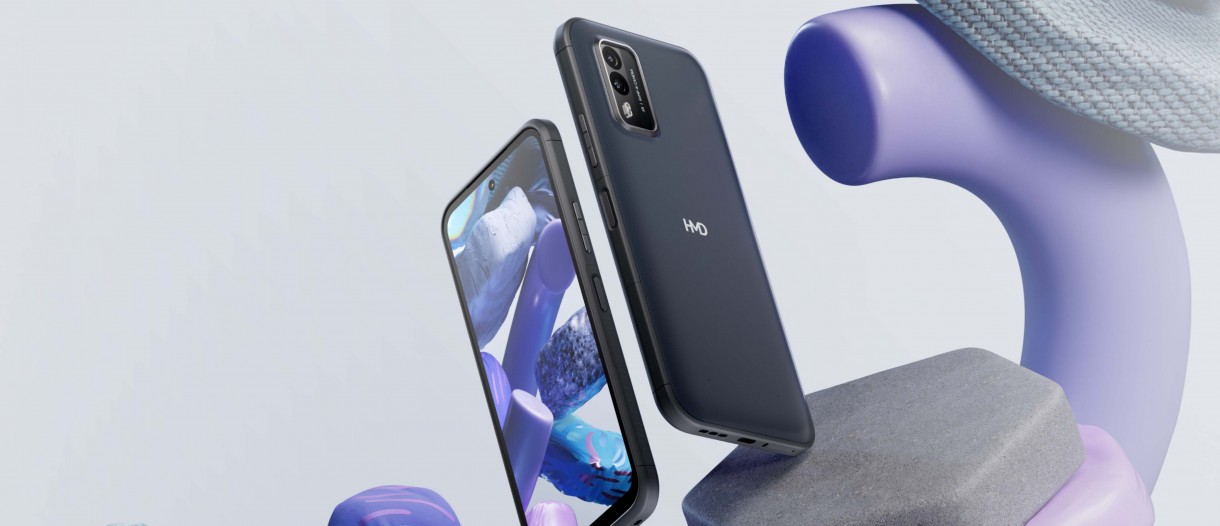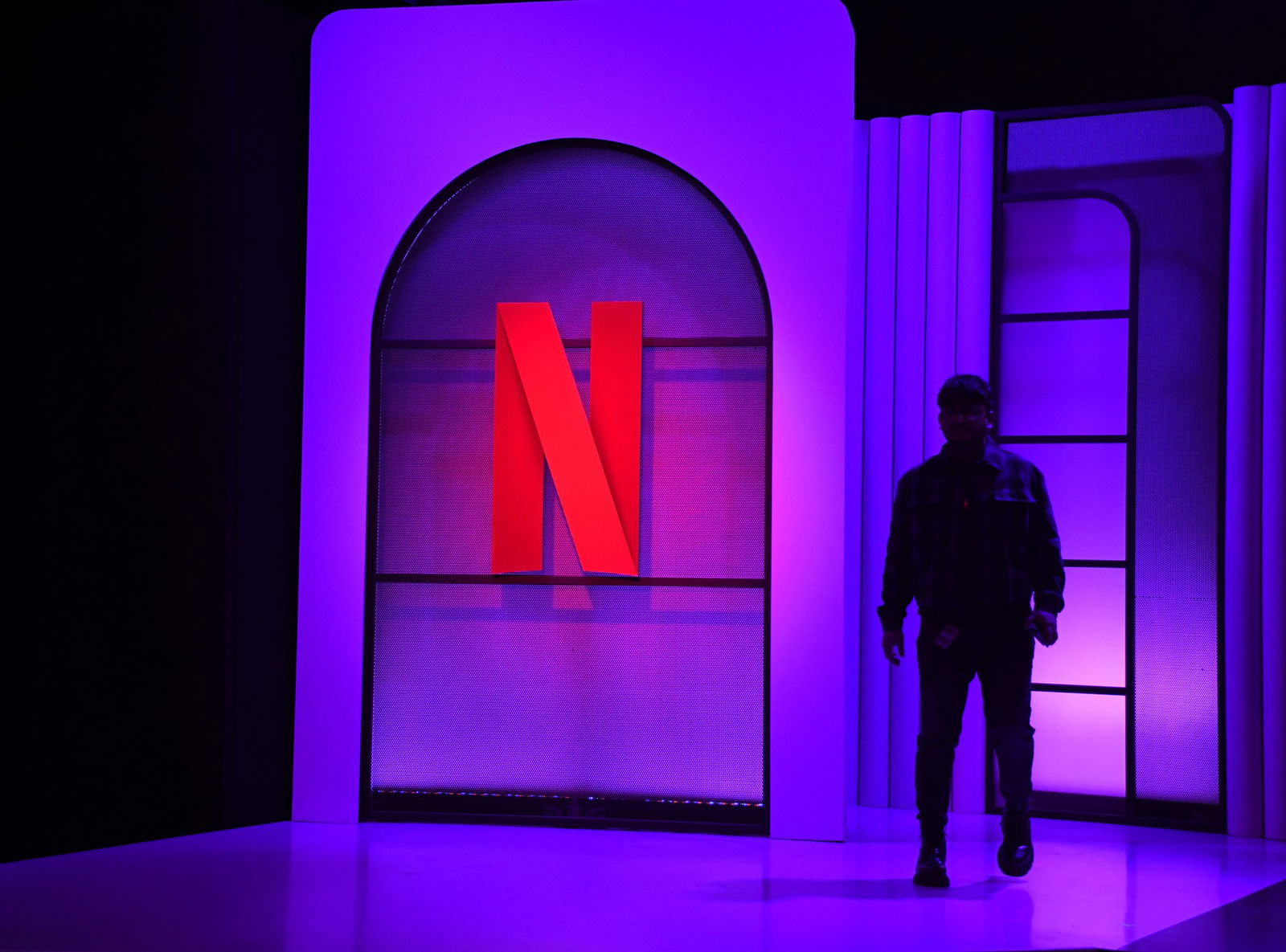Email itself is older than the Internet itself – but surely it needs to be fixed? According to Google, the answer is a clear yes, so some users are already testing a completely new email experience, which is very similar to the chat we know today. The novelty is that instead of replying via email to the inbox, users can also reply using emojis, just like a Messenger, WhatsApp or Google Chat message, thus speeding up the reply process.
With this move, Google wants to make email more accessible to young people, but the functionality only works as it should within the Google client.
There’s a bit of a hitch
As you know, emails are based on a very old protocol, so large-scale innovations such as Reactions cannot be implemented in this way – Google itself solved the functionality of the function through a loophole. When someone sends a reply to an email within Gmail, it’s actually a reply email, which the Google client cleverly hides and immediately deletes — instead just displaying the reaction.
However, those who use a third-party client (such as Apple’s Mail app) will receive a separate letter stating that someone has replied to their message. This isn’t necessarily annoying even during a conversation between two people, but if you send a circular email to a group of several people, where everyone can reply to everyone’s mail, the introduction of the new functionality can easily lead to disaster and hundreds of people’s spam emails.
Another weird thing is that since emoji interactions are just emails, they can’t be undone.
We have the opportunity to do this for only 30 seconds after replying, just as when sending a regular letter.
It won’t work in all cases
As Google’s subsequent announcement revealed, the feature will not work on business or school accounts, and emoji interactions will only be used in private messaging. In addition, emoji reactions will not be available in messages with more than 20 recipients, as well as in encrypted emails, eliminating potential confusion; Regardless of this, the previously mentioned problem still exists.
It is not yet known when Google will introduce this function (or whether it will be offered at all), and the giant company will certainly take it into consideration based on user feedback.





















![The Italian Souls clone has been delayed, but is coming to multiple consoles [VIDEO]](https://thegeek.hu/wp-content/uploads/sites/2/2024/05/thegeek-Enotria-The-Last-Song-1.jpg)






















